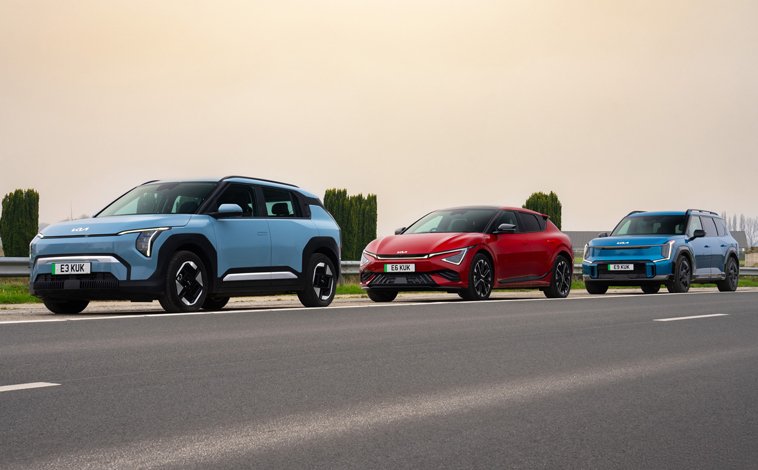MPG testing finally gets an overhaul
September 2, 2017
Motorists are set to benefit from more realistic emissions and fuel economy performance data after two new groundbreaking EU car tests came into force on September 1, replacing a single test that hasn’t been updated for some 20 years.
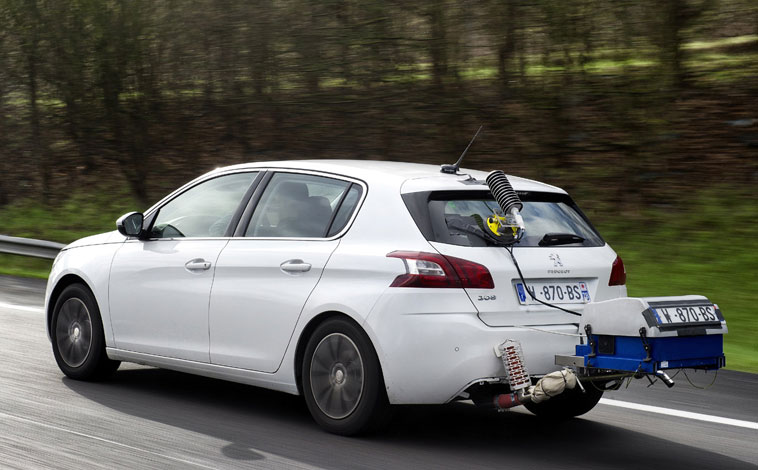
The new tests, which measure everything from fuel consumption and carbon dioxide (CO2), to nitrogen oxides (NOX), particulates by mass and number (PM/PN) and carbon monoxide (CO), are part of European regulations designed to improve air quality and tackle climate change. As well as a tough new laboratory test, all newly launched car models will have to undergo robust official on-road testing before they go on sale – an element that no other vehicle testing regime in the world requires.
Over the past 20 years, vehicles have advanced at a rapid rate, with high tech safety and comfort features, from electronic stability control, parking sensors and airbags, to air conditioning, heated windscreens and electric seats now increasingly fitted as standard. However, the way they are tested has not kept pace, resulting in a gap between performance in the lab and on-road where fitment of these in-car technologies can differ across models, and conditions such as speed, congestion, road surface and driving style can vary dramatically from journey to journey and driver to driver.
EU regulators and national governments have been working, with the support of industry, to address this by making testing more relevant to modern vehicles and consumer needs.
From 1 September, every new car model destined for UK showrooms will need to undergo a new test called the Worldwide Harmonised Light Vehicle Test Procedure (WLTP), which measures all regulated emissions, as well as CO2 and fuel economy. Like the previous test, it is conducted in controlled laboratory conditions for consistency across every test and every new vehicle in every country. However, it is faster, longer and more dynamic, with a greater range of vehicle and engine speeds, engine load, gear changes and temperatures. It will also take into account modern vehicle technology. And, because it is based on some half a million miles of real driving data, it will be far closer to the conditions most people experience on the road today.
Secondly, in a world first, new models being developed for sale in the UK will also need to prove their air quality credentials by passing a brand new Real Driving Emissions (RDE) test using special state-of-the-art portable emissions measurement (PEMS) equipment. This very sensitive equipment analyses the trace tailpipe emissions of pollutants, including NOX and particulates, while the car is driven in a wide range of both every-day and extreme conditions. This will ensure vehicles meet the tough Euro 6 emissions standard on the road as well as in the lab.
Mike Hawes, Society of Motor Manufacturers and Traders (SMMT) Chief Executive, said, “We welcome this challenging new regime, which will provide hard evidence that the industry’s ongoing investment in ever more advanced technology is delivering on air quality goals. Combined, these new and demanding tests will soon give consumers emissions performance information that is far closer to what they experience behind the wheel – and inspire greater confidence that the new cars they buy are not only the cleanest, but the most fuel efficient ever produced.”
The WLTP and RDE tests replace the previous and long-outdated laboratory test known as the New European Driving Cycle (NEDC), which was designed back in the 1980s and last updated in 1997. Revolutionary in its day, NEDC was intended to provide consistent benchmarking information for buyers across Europe as well as determining whether cars meet minimum air quality standards and providing the basis for the UK’s CO2-based Vehicle Excise Duty system.
Newly designed cars will start to be tested under the new regime over the coming months after the final piece of legislation specifying the requirements that allow testing authorities and manufacturers to prepare was published in July this year. This means consumers could start to see these brand new models arrive in showrooms from as early as next year. By 1 September 2018, all new cars on sale will have undergone WLTP testing and by 1 September 2019, all will have undergone the full RDE testing for both NOx and PN.
Latest News

Duty calls for five KGM Musso pick-ups
KGM Motors UK, formerly SsangYong, is proud to support the Verderers of the [...]
SEAT launches a new Black Edition trim
Order books for the SEAT Black Editions have opened with drivers offered the [...]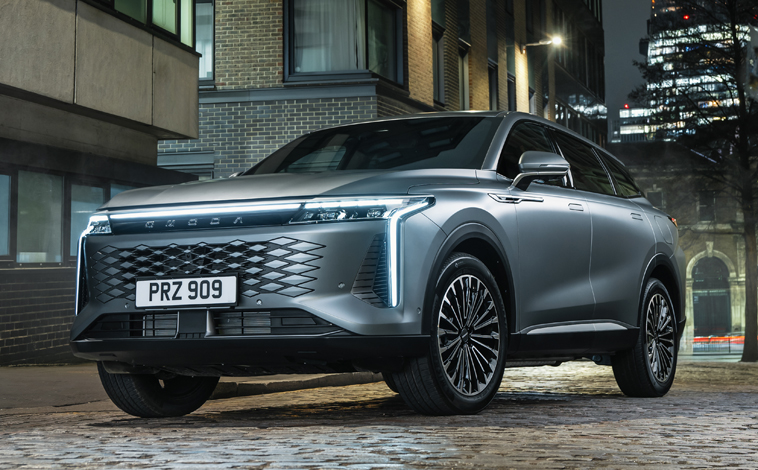
OMODA announces new model pricing
OMODA has officially revealed pricing and opened the order books for its flagship [...]
Toyota unveils its new Urban Cruiser
Toyota has officially launched its all-new compact SUV, the Urban Cruiser, at its [...]
Carry on camping with Renault Trafic
The Renault Trafic is proving the perfect model for a brand new, off-grid, [...]
Barcelona players go track racing
Barcelona men’s football team players customised their new CUPRAs, after testing them during [...]
Suzuki Swift to Young Driver’s rescue
Young Driver, the UK’s foremost under-17s driver-training company, has just taken delivery of [...]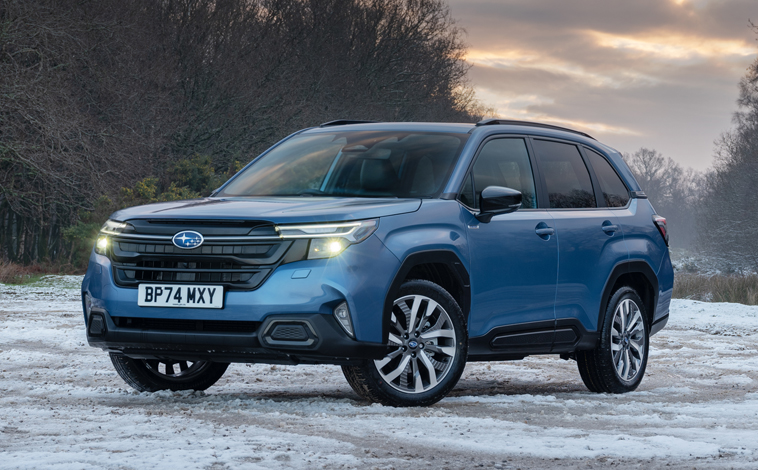
New Subaru Forester is right on track
Subaru UK & Ireland has announced the pricing and specifications for the all-new, [...]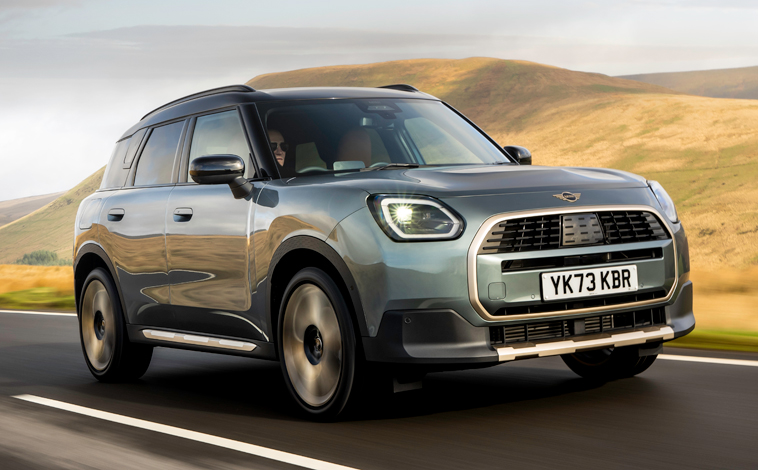
Optional upgrades for the MINI family
Following the successful launch of the new MINI family, a range of additions [...]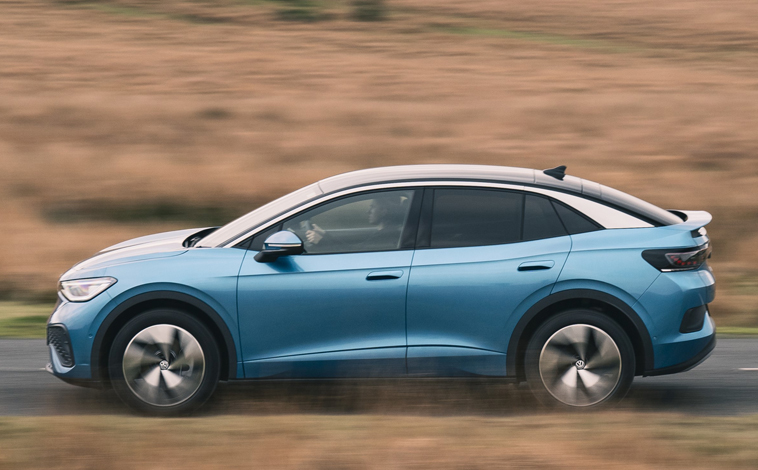
Save £1,000 when ordering a new VW EV
Anyone ordering a new Volkswagen electric vehicle between now and March 3 this [...]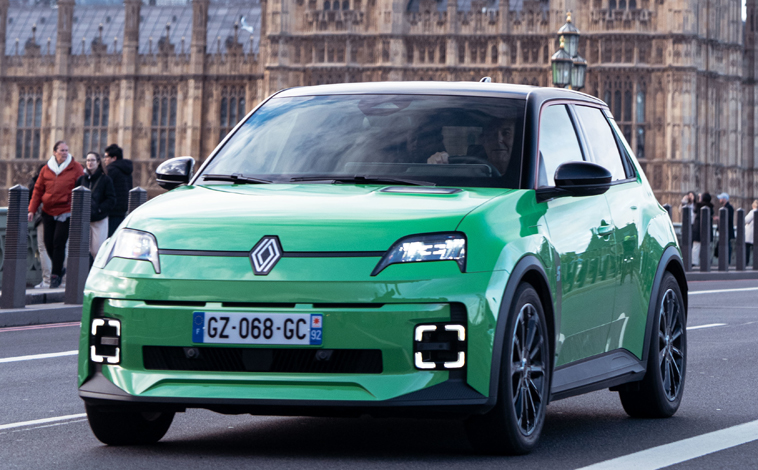
Get priority access to the new Renault 5
The Renault 5 E-Tech electric is available to order for R-Pass customers, giving [...]
Inster Cross has an adventurous side
Hyundai has announced pricing and specification for the Inster Cross, the all-new EV’s [...]
WWCOTY announces its finalists for 2025
The Women’s Worldwide Car of the Year (WWCOTY) has announced the winners of [...]
Prices announced for VW’s new Tayron
The all-new Volkswagen Tayron goes on sale in the UK on January 9 [...]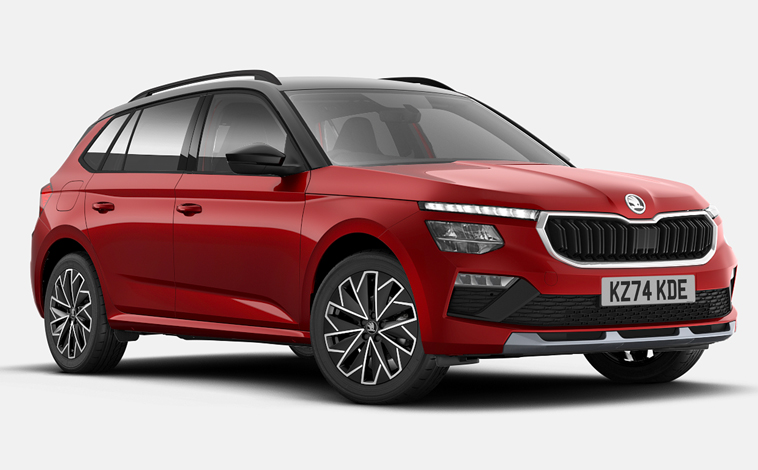
Skoda adds Design trim to Kamiq range
Škoda is building on the success of its award-winning Kamiq range by adding [...]